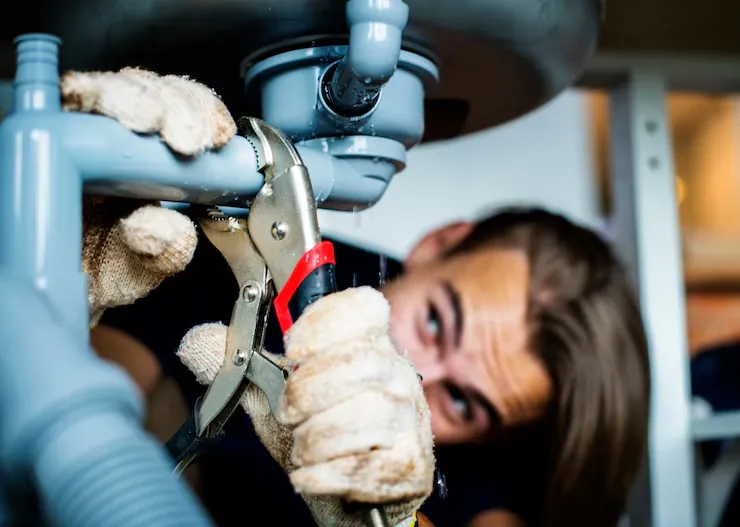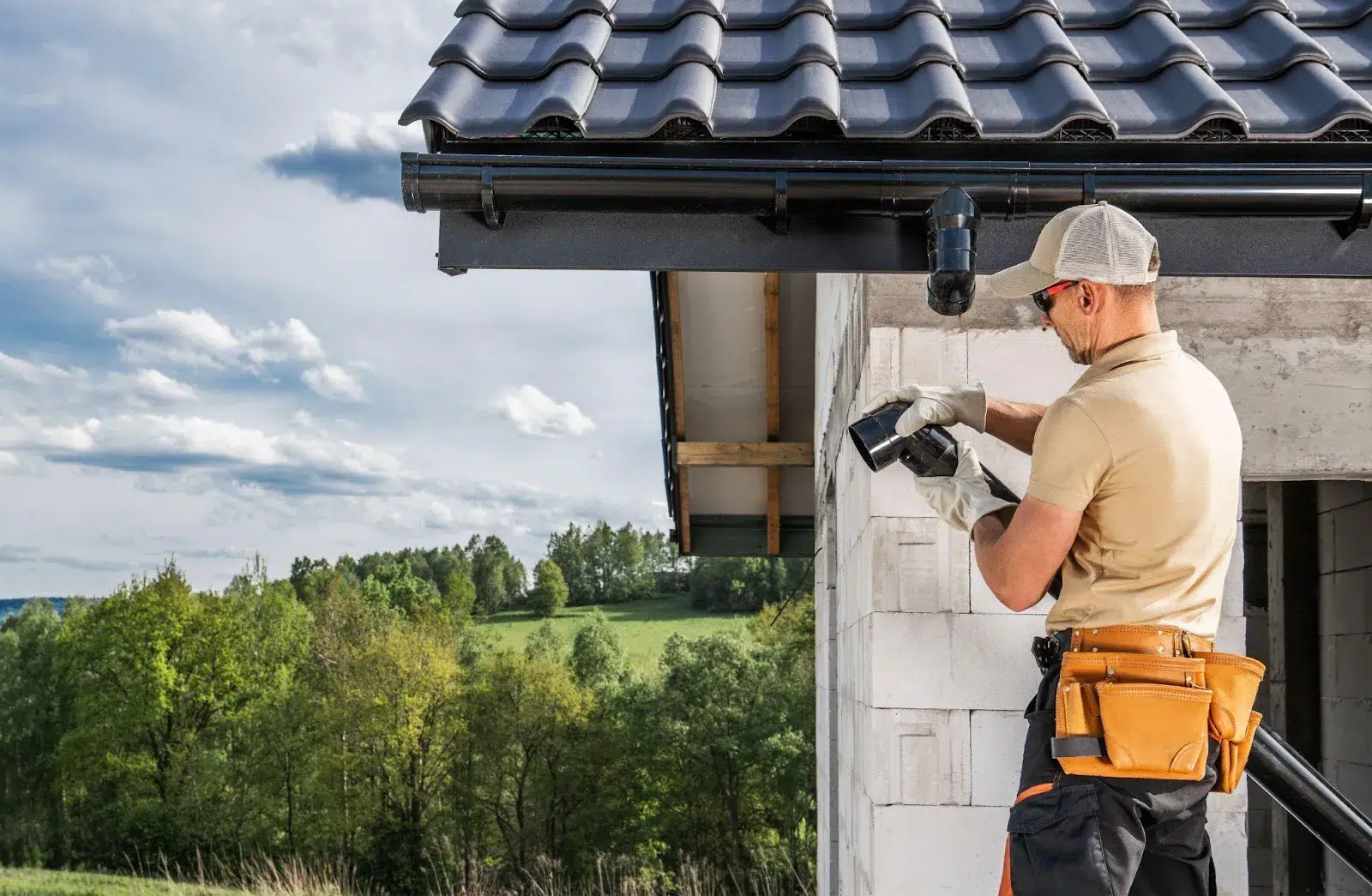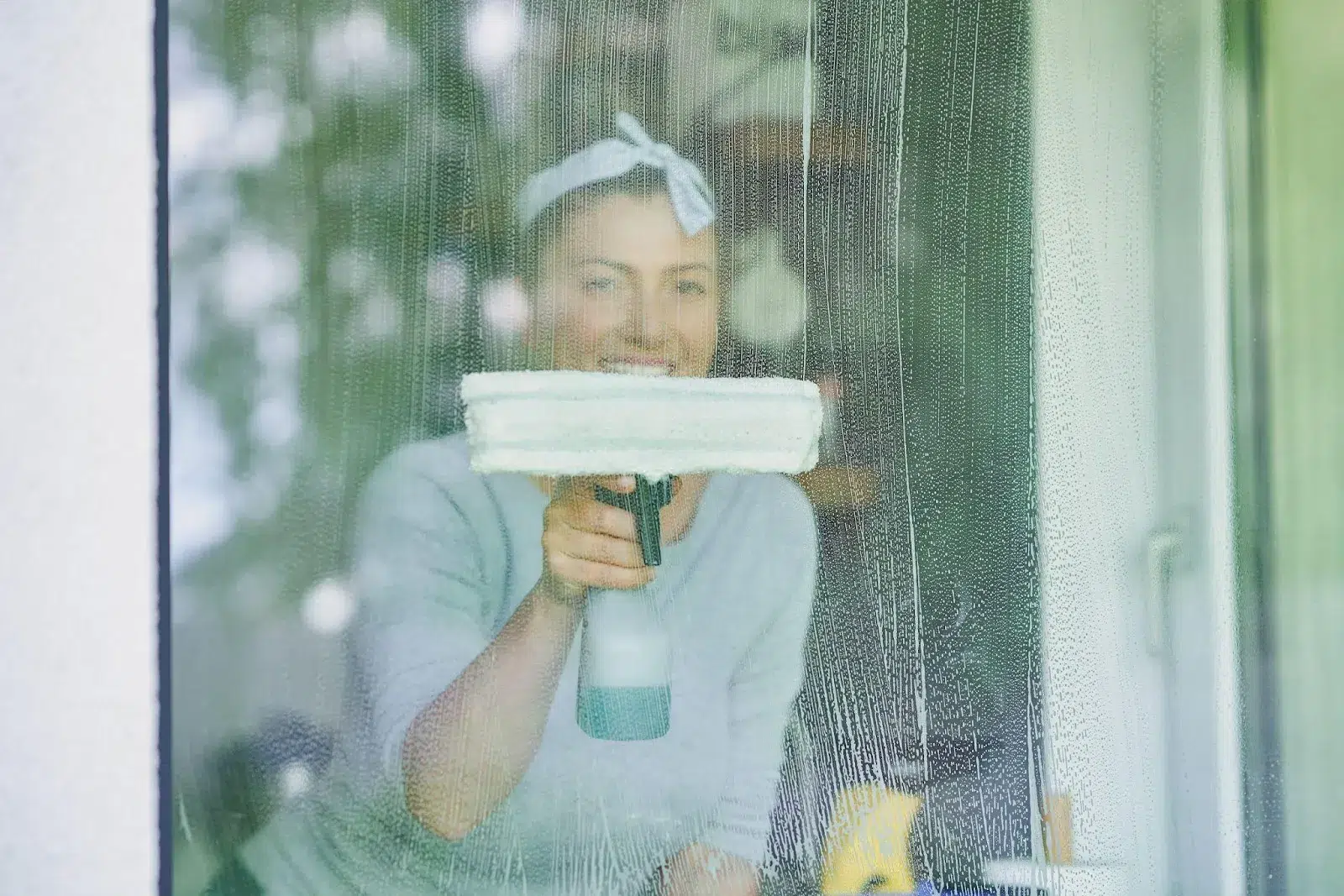High energy bills, frozen pipes, cold floors, and uneven temperatures in different rooms—do these sound familiar?
These are clear warning signs that your home may need more insulation. While the obvious downside is skyrocketing heating costs, the hidden risks can be just as alarming.
Drafty spaces, mold growth, pest infestations, and even attic or roof leaks can make your home not only uncomfortable but also unhealthy during Ontario’s harsh winters.
Winter in Ontario brings freezing temperatures, often plunging well below zero.
This season also coincides with cherished holidays like Christmas and New Year’s, when families gather, and homes are bustling with activity.
Imagine your guests shivering through festivities because your home struggles to retain heat. It’s an unsettling thought, but one that underscores the urgency of addressing insulation issues now rather than later.
Insufficient insulation doesn’t just affect comfort; it impacts the structural health of your home. Heat escaping through poorly insulated walls or attics can lead to condensation, which invites mold.
Cold floors can signal inadequate underfloor insulation, while frozen pipes hint at vulnerabilities that could lead to costly repairs.
Why Additional Insulation Is Critical For Ontario Winters:
- Reduces Energy Costs: Proper insulation helps your heating system work efficiently, saving money.
- Prevents Structural Damage: Stops ice dams, condensation, and leaks that harm your home.
- Improves Comfort: Ensures consistent temperatures and eliminates cold drafts.
- Protects Health: Keeps mold and allergens at bay, creating a safer living environment.
If these issues sound familiar, you’re not alone. Many Ontario homeowners face similar challenges. The good news?
Solutions exist and the home insulation experts at Custodia can help.
Let’s dive into how you can recognize the signs, understand their implications, and address them effectively for a warmer, cozier winter.
Here Are 10 Warning Signs Your Home Needs More Insulation in Ontario, Canada
1. Drafts And Cold Spots
Drafts and cold spots are clear signs of heat escaping your home.
Poorly insulated areas like windows, doors, and attics often allow cold air to seep in, making it harder to maintain a consistent indoor temperature.
Feeling a noticeable chill when you walk through certain parts of your home is a key indicator of insulation gaps.
Drafts often stem from gaps in seals or deteriorated weather stripping, especially in older homes.
A professional energy audit can help identify problem areas. Sealing these gaps and adding insulation can significantly improve indoor comfort and reduce energy costs.
(Click here to Read on What Is The Average Price Of Installing A New Door In Ontario?)
2. Skyrocketing Heating Bills
Heating bills that are higher than average could mean your insulation isn’t doing its job. When your home loses heat through the roof, walls, or floors, your heating system works harder to maintain the desired temperature.
Over time, this leads to increased energy consumption and inflated bills.
Tracking your energy usage over time is a practical way to assess whether poor insulation is to blame.
Focus on upgrading attic and wall insulation, as these are the most common sources of heat loss. Doing so can lead to substantial savings and improve your home’s overall energy efficiency.
3. Uneven Room Temperatures
Do some rooms in your home feel warm and cozy while others stay cold no matter what?
Uneven heating often points to inadequate insulation in specific areas, such as basements, rooms over garages, or older additions.
Adding insulation to these spaces ensures even heat distribution throughout the home, reducing strain on your heating system. This upgrade not only improves comfort but also helps balance your energy usage, cutting costs in the long run.
4. Ice Dams and Roof Issues
Ice dams form when warm air escapes through the attic, melting snow on the roof. The melted snow refreezes at the edges, causing a buildup that can damage shingles, gutters, and even the roof’s structure.
Look for icicles hanging from your roof or water stains on ceilings—these are signs your attic insulation needs attention.

Improving attic insulation and ensuring proper ventilation are effective ways to prevent ice dams. These steps also protect your roof and reduce the risk of costly repairs during Ontario’s harsh winters.
5. Relying on Space Heaters
If you find yourself using space heaters frequently, it’s a sign your home isn’t retaining heat effectively.
While space heaters can provide temporary warmth, they are inefficient and can pose safety risks if overused.
Instead of relying on space heaters, focus on addressing the root cause: inadequate insulation.
Upgrading insulation in walls, floors, and ceilings can provide consistent warmth throughout your home, making space heaters unnecessary.
6. Cold Walls And Floors
Touch your walls or floors during winter. If they feel cold, it’s likely that your insulation is insufficient or has degraded over time.
Older homes often have outdated insulation materials that no longer provide adequate thermal resistance.
Modern solutions, such as spray foam or blown-in cellulose insulation, offer better thermal protection and last longer. Addressing cold walls and floors not only improves comfort but also reduces noise and energy costs.
7. Window Condensation
Condensation on windows occurs when warm air meets cold glass.
This is often a sign of poor insulation and can lead to moisture problems like mold growth and rotting window frames.
Enhancing window insulation and ensuring proper ventilation can prevent condensation. These improvements also help maintain healthy indoor air quality and protect your home from moisture-related damage.
(Read more on What Are The Steps Of Windows Installation In Ontario?)
8. Dust And Allergens
If your home seems dustier than usual or you notice more allergens indoors, your insulation might not be sealing out outdoor pollutants effectively. Poor insulation can let in dust, pollen, and other irritants, reducing air quality and increasing cleaning needs.
Air-sealing problem areas and upgrading insulation can reduce these issues, improving indoor air quality and making your home a healthier place to live.
9. Dry Indoor Air

Does the air in your home feel uncomfortably dry during winter?
Improper insulation can disrupt indoor humidity levels, leading to dry skin, irritated eyes, and respiratory discomfort.
While a humidifier can provide temporary relief, better insulation is the long-term solution to retaining balanced humidity levels.
10. Aging Insulation
If your home hasn’t had an insulation upgrade in decades, the materials may no longer be effective. Over time, insulation settles or deteriorates, reducing its ability to keep your home warm and energy-efficient.
Persistent drafts, higher energy bills, and visible wear on insulation materials are all signs it’s time for an update.
Modern insulation options, such as spray foam, provide better thermal resistance and air sealing.
Upgrading to these materials ensures your home stays warm, comfortable, and energy-efficient for years to come.
Take Action Today
If you’ve noticed any of these signs, it’s time to act.
Upgrading your home’s insulation will not only enhance your comfort but also reduce your energy bills and protect your property from winter damage.
Contact us for a free professional consultation and explore our home management plan to find the best insulation solutions for your needs.
Stay warm, save money, and enjoy a cozier home this winter!




